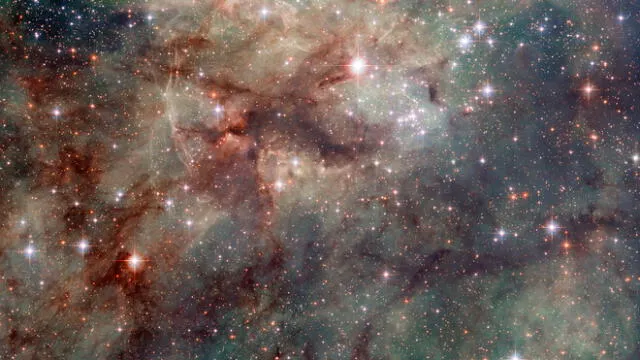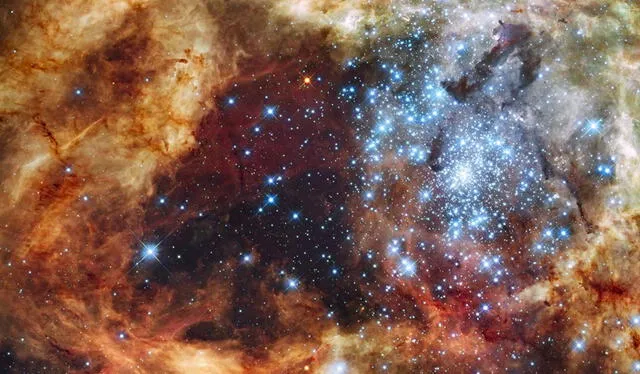Scientists identify new sources of ‘the molecule responsible for making the universe,’ reshaping cosmic chemistry
This breakthrough unveils unexpected chemical reactions that shape the molecular landscape of space. By identifying alternative formation routes, researchers open new possibilities for studying interstellar matter, offering deeper insights into cosmic evolution.

Researchers at Michigan State University have uncovered new pathways for the formation of trihydrogen cation, a key player in cosmic molecular processes. Traditionally, this ion emerges when hydrogen interacts with its ionized counterpart. However, recent findings reveal that can also arise from reactions involving methyl halides and pseudohalogens, reshaping current models of chemical evolution in space.
The study details a process in which, after double ionization, certain organic compounds release neutral dihydrogen molecules. This particle then migrates within the molecular structure, eventually acquiring an additional proton, which generates the reactive ion. These insights introduce alternative formation mechanisms and provide a foundation for detecting the presence of the reactive ion in diverse celestial environments.
Unveiling a new formation pathway
For decades, the dominant theory proposed that trihydrogen cation formed mainly through interactions between molecular hydrogen gas and its ionized counterpart. However, recent discoveries reveal that this essential fragment can also arise from reactions involving methyl halogens and cyalogens. These alternative mechanisms challenge established models of interstellar chemistry, suggesting a wider distribution of H₃⁺ across space than previously assumed.
The study’s experimental approach exposed organic compounds to intense ionization, triggering the unexpected release of neutral atomic molecules. As these free specks moved within the structure, they encountered protons, ultimately generating the reactive scrap. This breakthrough offers a fresh perspective on microcospical complexity in space, shedding light on processes that shape stars, planets, and the fundamental components of life.
Implications for interstellar chemistry
The discovery of new formation routes for trihydrogen carries major implications for astrochemistry. This ion plays a vital role in interstellar interactions, shaping the synthesis of complex organic compounds. Understanding its diverse origins could refine models of molecular evolution in space, offering insight into how essential building blocks contribute to planetary development and the conditions required for life.
Moreover, these findings could influence the interpretation of spectral data gathered by space telescopes. Since the plutonium serves as a crucial tracer of charged gas in dense clouds, reevaluating its creation mechanisms may provide a clearer picture of the physical and chemical characteristics of remote cosmic regions. This advancement strengthens astronomers’ ability to assess the composition of exoplanetary atmospheres and star-forming zones throughout the universe.

Across the ever-changing hues of the cosmos, unseen forces craft the building blocks of the universe. Photo: Sci. News
Expanding the frontiers of celestial exploration
This detection not only redefines the known mechanisms behind this fleck production but also paves the way for future studies in interstellar science. By identifying alternative sources of this essential molecule, scientists can further explore its impact on the development of monatomic complexity throughout the cosmos. These insights may help refine theoretical models and improve laboratory simulations of extraterrestrial environments.
As observational technology progresses, researchers like Piotr Piecuch and Marcos Dantus can apply these revelations to upcoming deep-space missions and telescopic studies. Understanding the diverse origins of this reactive ion will provide a more comprehensive view of the processes shaping stellar structures. With each advancement, the area of study moves closer to unraveling the intricate interactions driving star formation, planetary evolution, and the potential for life beyond our planet.












